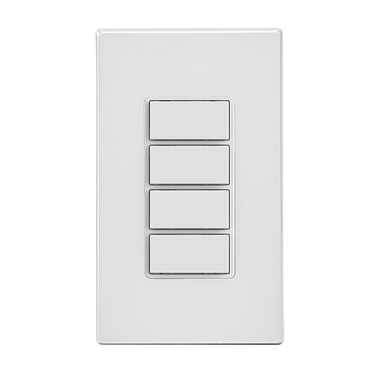SHP, I agree about HE. I wouldn't expect them to build another version of SmartThings. I like what they've done. I could argue that not covering a product by Leviton isn't a great idea, but I'm sure they'll get around to it if there's demand with their limited resources. I don't have anything bad to say about the HE...I just can't use it.
You may want to check out the newer version of the GA over Echo. It is now totally free (or at least has been for me), it's also rock solid on response. I also have a Google Mini. I just find having one device rather than two easier. We have Echos all over our house for intercom and announcements.
I also don't totally disagree on Zigbee. It seems to work, but both Zigbee and ZWave suffer from no one knows what they are. People that buy a device see WiFi and they know it should work. They also have a rudimentary knowledge of how to make it connect, etc.
Every major WiFi router manufacturer is pushing mesh solutions now. Some don't call it mesh, but that's what they're really doing. I looked for a ZWave repeater on Amazon about a month ago...there was one by Aeotec I believe and it was being discontinued. Yes, I know that the AC powered ZWave devices (switches and outlets) also are usually repeaters...but that's almost a secret. Worse though is that there is no way to know that your ZWave or Zigbee network needs a repeater as there are no consumer tools for checking signal strength like you can do with WiFi. I have a door lock that would work, then drop off for a day or so, and then come back. I just guessed that it was signal problem. I've been in the field of communications technology since before x.25 got popular...and I'm guessing. My wife would have just returned it as would most consumers.
When I talk about standards. I don't mean everything has to work exactly the same, but having 2000 different devices all that have a different method of connecting on different networks with different batteries and most not giving any real feedback on success, failure or strength is just a mess.
 I never ended up getting one of these.
I never ended up getting one of these.

